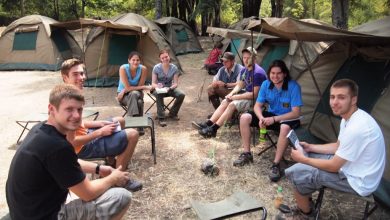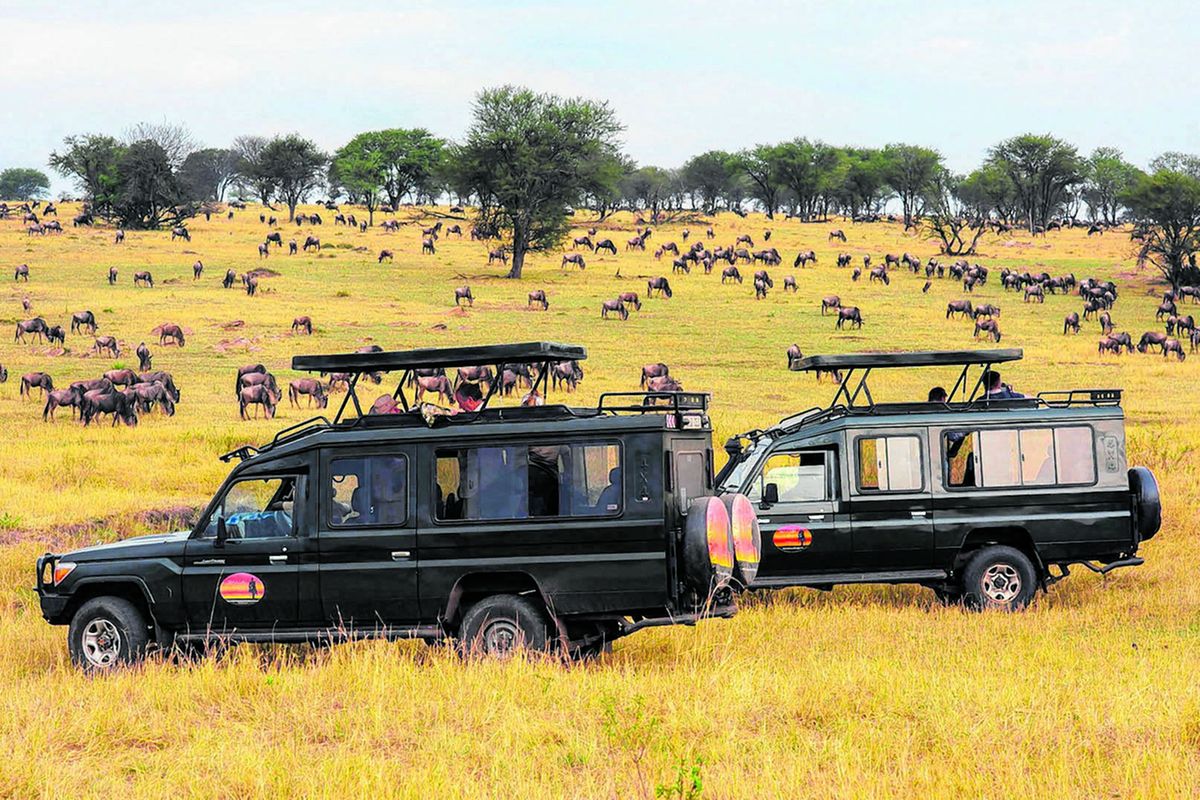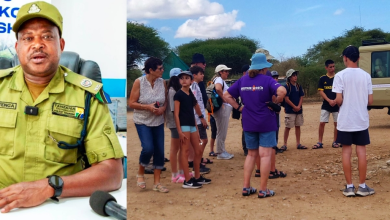Mount Lolmasin: Tanzania’s third highest peak, living legend

NGORONGORO: BEYOND the wellknown craters and plains of Ngorongoro rises a quiet giant: Mount Lolmalasin, Tanzania’s third-highest peak, after Kilimanjaro and Meru.
Standing 3,682 metres (12,080 feet) above sea level, it stretches proudly in northern Arusha, northeast of the Ngorongoro Conservation Area (NCA), near the Maasai village of Nainokanoka.
The mountain’s story begins over one million years ago during the Pleistocene era, when molten rock shaped its peak. Its Maasai name, “ilmalasin,” meaning a large calabash, reflects both its rounded form and the abundance of Lagenaria siceraria plants that flourish on its slopes.
Symphony of life and nature
Mount Lolmalasin is a living canvas. The lower slopes are adorned with tall and short grasses, while the upper reaches are blanketed with towering trees thriving in the cool mountain air. Streams tumble down from the peak, nurturing Maasai livestock, wildlife and ecosystems extending to Engaruka and the rift valley below.
Wildlife thrives here. Buffalo roam, giraffes stretch toward the canopy and birds of brilliant colours flit through the sky.
ALSO READ: Ngorongoro Crater tops tourist attractions in Africa
Hikers may spot a cautious warthog or hear the distant call of a crowned crane. Mount Lolmalasin is not just a mountain; it is a keystone of biodiversity, a sanctuary where humans and nature coexist. Mount Lolmalasin is where wildlife, people and history converge into a living masterpiece.
A day on Mount Lolmalasin
6:00 AM – Sunrise and Serenity: Start at the base and watch as the first light paints the peaks in gold. The rift valley stretches endlessly below, dotted with Maasai bomas and grazing buffalo.
9:00 AM – Mid-Mountain Discovery: Pause near a cool stream, where Maasai herders may share stories of the mountain’s spirits and past generations.
12:00 PM – Summit Glory: Reach the peak. From here, see Olmoti and Empakaai craters and catch glimpses of Oldoinyo Lengai in the distance. The wind whispers secrets of millennia past.
3:00 PM – Descent and Reflection: Hike back through changing ecosystems, capturing the contrasts of flora and fauna along the way. Each step tells a story of survival, adaptation and coexistence.
Tip: Bring sturdy hiking boots, warm clothing, trekking poles, water and energy-rich snacks and consider a guided tour with an armed ranger for safety.
Cultural Connection: The Maasai
Mount Lolmalasin is more than natural wonder, it is home to the Maasai people, who have grazed their livestock on its slopes for generations. Elders speak of the mountain as a living ancestor, a guide and provider. Hikers may witness traditional practices such as herding, fire-making and beadwork storytelling, gaining insight into a culture intricately linked to the land.
Every trail, stream and tree carry the memory of Maasai generations living in harmony with Mount Lolmalasin.
A UNESCO World Heritage Marvel
Part of the NCA, Mount Loolmalasin earned UNESCO World Heritage status in 1979. Its volcanic origins, ecological richness and cultural significance make it a treasure of northern Tanzania. Scientists, travellers and adventurers are drawn here to experience its landscapes, biodiversity and timeless heritage.
The NCA has been encouraging visitors, local and international alike, to explore Mount Lolmalasin and its surroundings, from sweeping valleys to secret streams, from wildlife encounters to Maasai stories under a starlit sky.
On Mount Lolmalasin, every step is a journey through time, nature and heritage.
Did You Know? The streams flowing from Mount Lolmalasin nourish both Maasai livestock and wildlife, connecting highland ecosystems to the Eastern Rift Valley.





